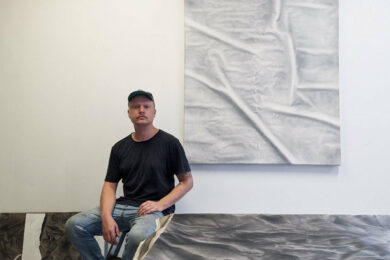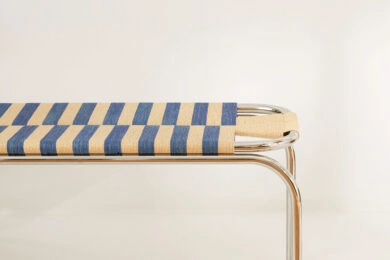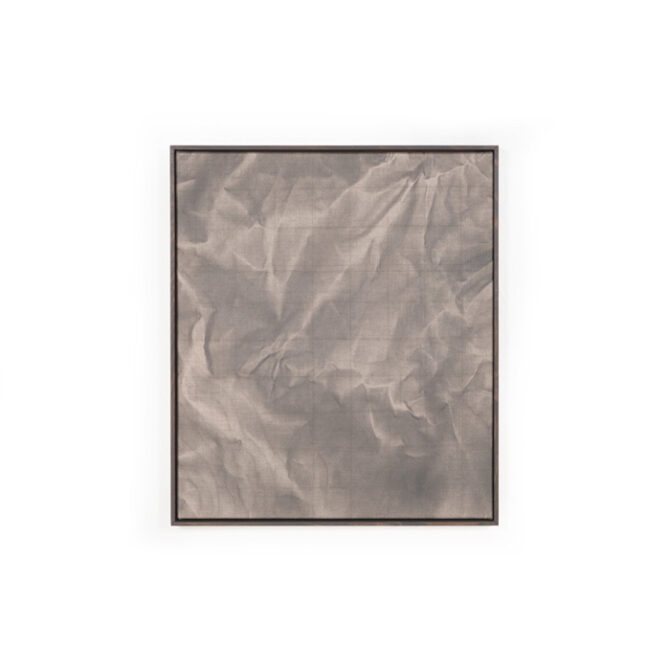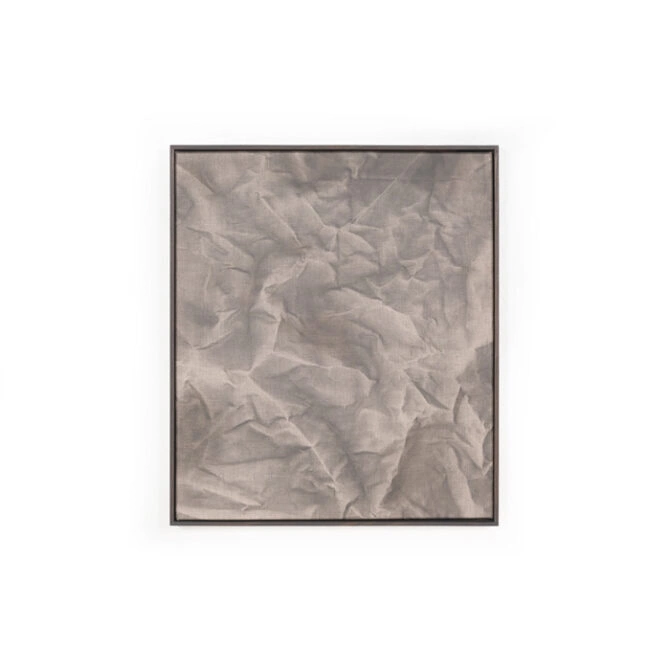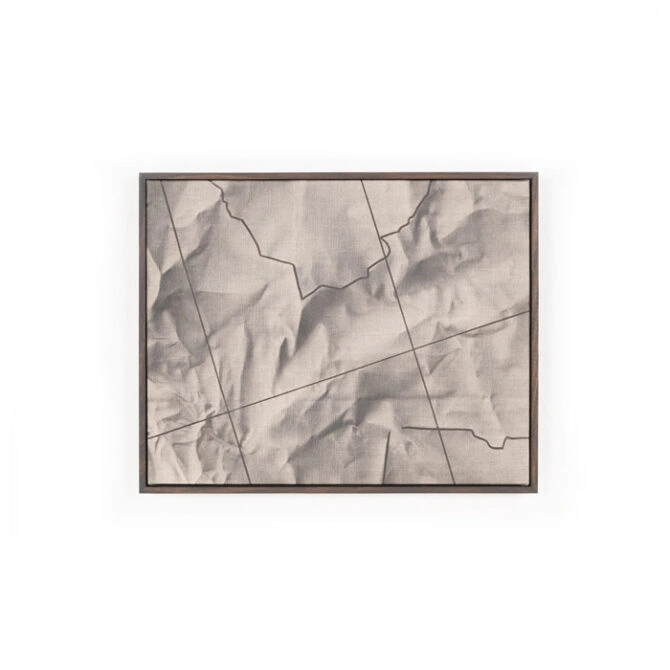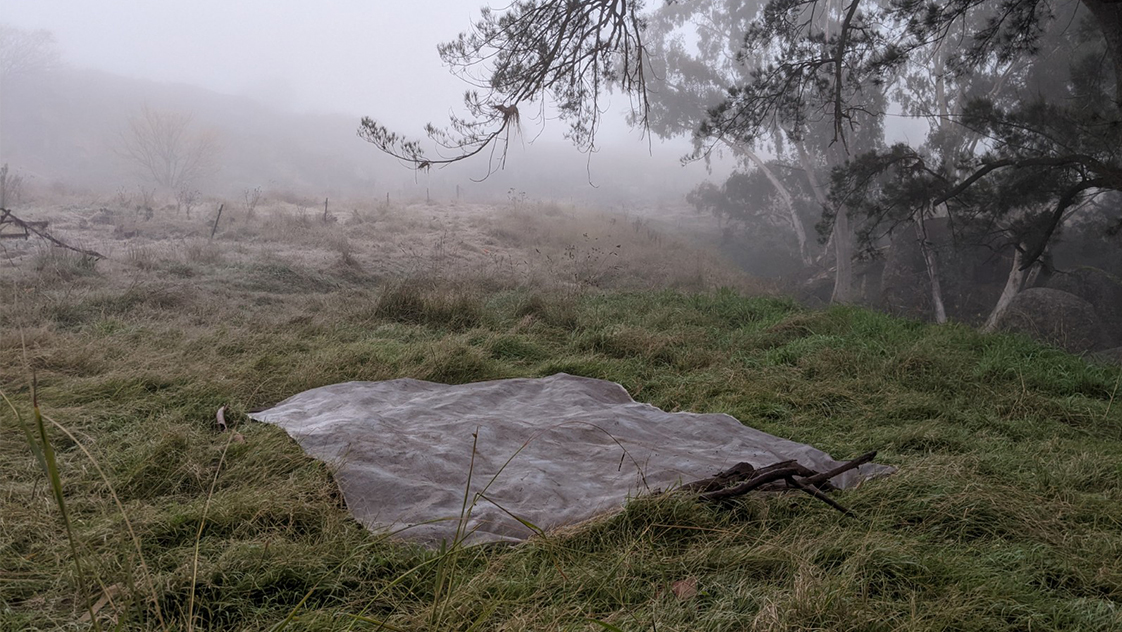
Product Spotlight: Site Painting Coal Loader, Thomas Thorby-Lister
Discovering the work of a conceptually-driven artist early in their career is always exciting, particularly when their approach to creating art engages with unorthodox and innovative techniques.
Thomas Thorby-Lister is a prime example of such an artist, and his first delivery of artwork created quite the conversation at MT. His practice demonstrates a fresh approach to art-making, examining alternative ways of recording the physical environment through avant-garde techniques and a unique engagement with the elements.
Recently elected as a finalist in the prestigious North Sydney Art Prize, Thorby-Lister was asked to create a work responding to the unique architecture of the Coal Loader Centre and the history of the industrial space. With the awe-inspiring two metre by two metre artwork landing in the showroom soon, we thought it would be the perfect time to have a chat and learn more about his unique methods.
Get to know more about the process behind creating the site-responsive work below.

Hi again, Thomas! First of all, what led to your fascination with landscape and topography in your art?
I’d say it stemmed from a residency at ‘the CORRIDOR projects’ back in 2020 where I really began to experiment with ways of making work about landscape. It was a challenge as I don’t paint traditional scene or views, but work with a pliage method of sculpting the canvas and painting it to create a realistic looking texture.
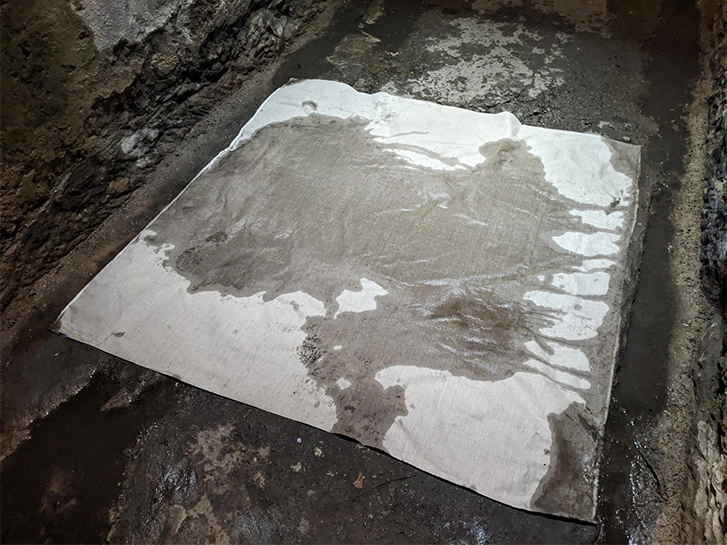
I’d previously been working on a series examining the wrapped or covered object; painting draped sheets, folded tarps and ambiguous forms. Whilst on residency I experimented with ways of making work about place and landscape, looking at maps of the site lead to further research into topographic maps, cartography more broadly and aerial landscapes. From there I have been developing other more experimental ways recording place and making site-responsive works, which will be culminating in a major exhibition at Orange Regional Gallery at the end of this month.
Can you tell us a little about your process of making your artwork for the North Sydney Art Prize?
In the making of this artwork I’ve been developing a more experimental approach to ways of recording place and making site-responsive work. The Coal Loader is a disused industrial site in North Sydney, sitting right at the edge of the harbour, a beautiful site and impressive building.

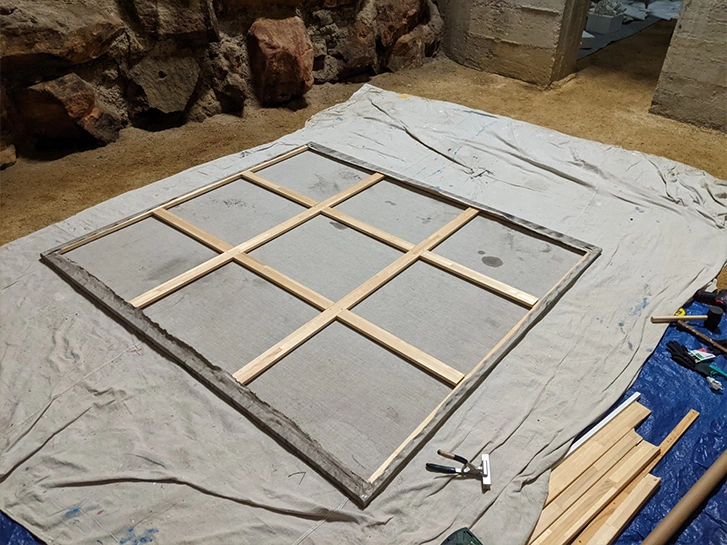
The intricate process involved leaving large linen sheets to soak in the Coal Loader’s tunnels running below the building, where damp mossy rocks, wind, dripping water, muddy puddles and other elements of the site’s environment affected the surface of the linen. The sheets were then moved outside into the sun to dry. Once dry, I painted the sculpted surfaces; the crinkled, curled, lumpy and bumpy texture of the linen.
The canvas had to be stretched inside an old coal chamber where it was to be displayed, due to the tiny ‘doorways’ between the chambers. When de-installing I had to carefully pick the work off the frame and re-stretch it before transporting to the MT showroom. This painting has truly lived a life!
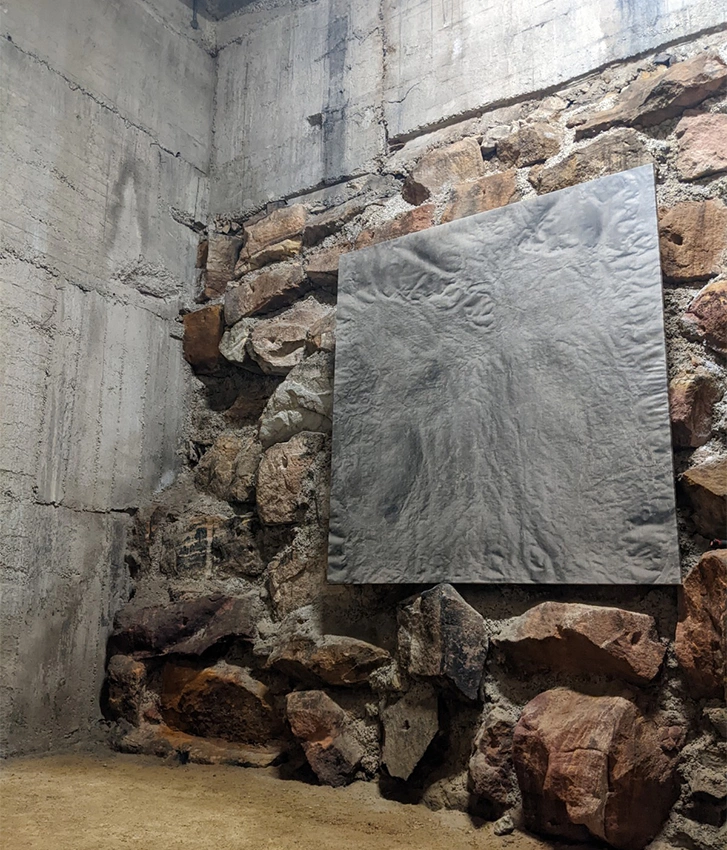
Did you have any unexpected responses to this or your previous work featuring specific topography and landscapes?
The abstract nature of the works and the complex, detailed process behind it often leaves plenty of room for viewers to interpret the works as they feel. They are not often read as landscapes immediately, especially the more experimental works examining agency and site-responsive methods, which is something that unexpectedly evokes a lot of feeling, or haptic responses; a sense of touch from the complex texture, detailed surface and immersive scale.
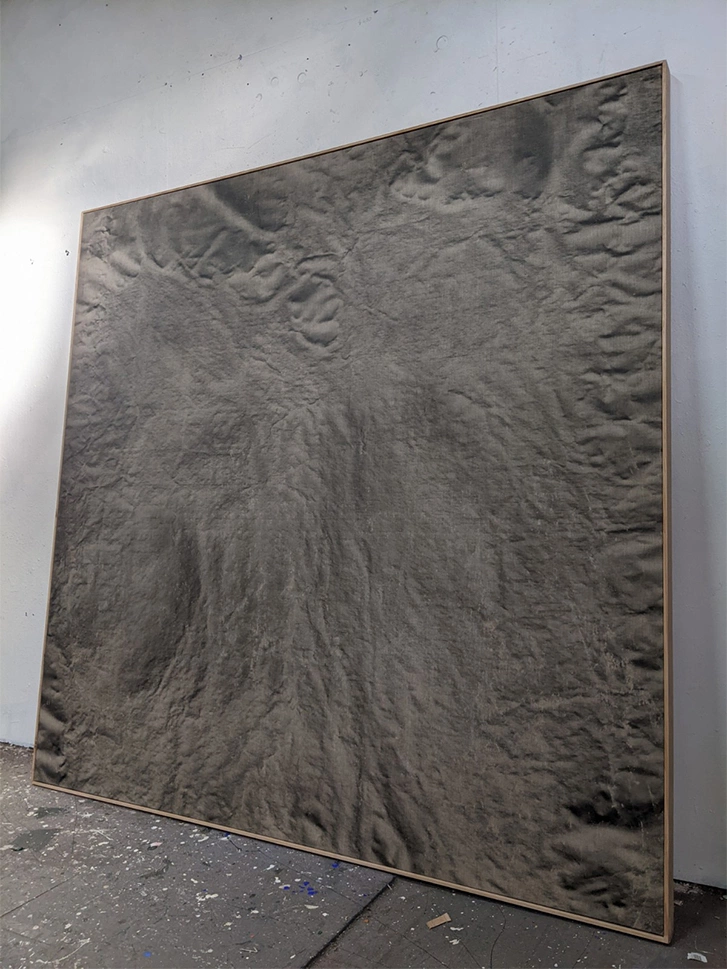
Thorby-Lister has been a finalist in over fifteen art prizes and awards, along with several residencies and grants, including working with Corridor Projects (Cowra) in support of Create NSW and Regional Arts Funding, which led in being invited to exhibit at the Orange Regional Gallery on July 30.
His work has been exhibited in group and solo exhibitions at various galleries across Australia and we couldn’t be more thrilled to share his journey ahead.
